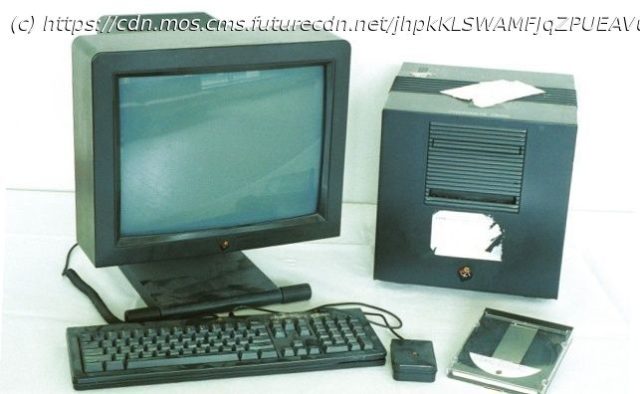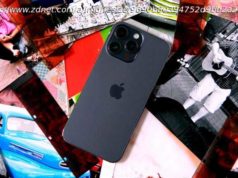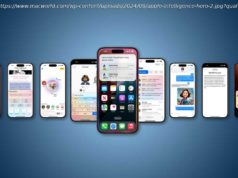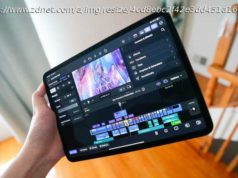When Steve Jobs left Apple he hoped to make a big impact with computers for education. But NeXT ended up teaching the computer industry a thing or two instead
In summer 1985, Apple co-founder Steve Jobs rebuffed three offers to become a professor. “I told all of the universities that I thought I would be an awful professor,” he later revealed in an interview with Newsweek. Yet he still wanted to make a big impact in the education sector.
Jobs was 30 years old and ready for a new challenge. He’d resigned from Apple following a reorganisation, but not before telling the board what he wanted to do next. Having previously visited Brown University, he’d been told academics sorely wanted a powerful, personal workstation capable of helping them with their research. His aim, he told the Apple board, was to create a computer for the higher education market that best suited them.
When he made his announcement, jaws dropped, primarily because he said he was going to take five Apple employees with him. “These are very low-level people that you won’t miss, and they will be leaving anyway,” Jobs explained. But he wasn’t entirely telling the truth.
Jobs had little love for those running Apple at the time. “I think John [Scully, Apple’s then-CEO] felt that after the reorganisation, it was important for me to not be at Apple for him to accomplish what he wanted to accomplish,” Jobs told Newsweek. “He issued a public statement that there was no role for me there then or in the future, or in the foreseeable future. And that was about as black and white as you need to make things.”
To that end, he didn’t care that the five people he chose for his new venture were hugely important to Apple. Among them was Rich Page, one of the first four Apple fellows who had prototyped the company’s first portable, colour and 68020-based Macs. At the time, Page had been working on a machine referred to as the Big Mac, a powerful workstation for use in a university lab. It was a dual-boot machine allowing for the UNIX operating system as well as Mac OS but ended up being cancelled.
The five also included Bud Tribble, who headed Apple’s software development team and helped to design the classic Mac OS and its user interface; engineer George Crow, who designed the Macintosh 128K’s analogue board containing the power supply and video circuitry; and Susan Barnes, controller of the Macintosh division. Then there was Dan’l Lewin, a sales executive in the Mac team who created the Apple University Consortium and bulk sold Macs to two dozen institutions, including all Ivy League universities. All were disillusioned with life at Apple.
In that respect, Jobs was being honest. His chosen few likely would have left regardless of his intention to create afresh. Jobs didn’t waste much time, either. “Steve called me and I went for a long walk with him,” Lewin told PC Pro. “He told me he was going to start a company and it was going to focus on the things that I cared about – the things I’d pioneered at Apple from scratch.
“My thought process was that if I didn’t go and the company was successful, I’d kick myself, and if I didn’t go and it failed, I’d be curious as to whether or not my participation would have made a difference. At that time, I was running the entire education side of Apple, which was two-thirds of the company’s revenue – I’d built both a distribution strategy and a market framework for the higher education and research community. But I was a little frustrated by what was going on inside of Apple.”
Lewin was upset that Apple’s direct sales to universities had been affected by a reorganisation and the fact that product groups had stopped sharing information, which made his work more difficult. “One of the products which mattered to me was Big Mac,” he added. “I didn’t feel like I could trust getting the things done that needed to be done at Apple.”
Jobs’ new company offered a way forward and Lewin climbed aboard.The next step
Apple was furious. Bill Campbell, then VP of marketing, was incensed that Jobs had hired Lewin because of the strong relationships he’d built with universities. Apple threatened to sue Jobs, who told the press he found the situation strange. “It’s hard to think that a $2 billion company with 4,300 employees couldn’t compete with six people in blue jeans,” he said.
Yet with Lewin and the others on board, it didn’t really matter that the new company – set to be called NeXT – was short on numbers. The team’s expertise would be enough to make an impact. “We have an immense amount of confidence in each others’ abilities and genuinely like each other,” Jobs told Newsweek. “And all have a desire to have a small company where we can influence its destiny and have a really fun place to work.”
It helped that the groundwork was already laid. Lewin’s network ran deep and he had a great understanding of the computing needs of higher education. “It had a reputation of being a niche market,” he explained, “but I turned that inside out and said, actually, it’s a superset of the real world.






